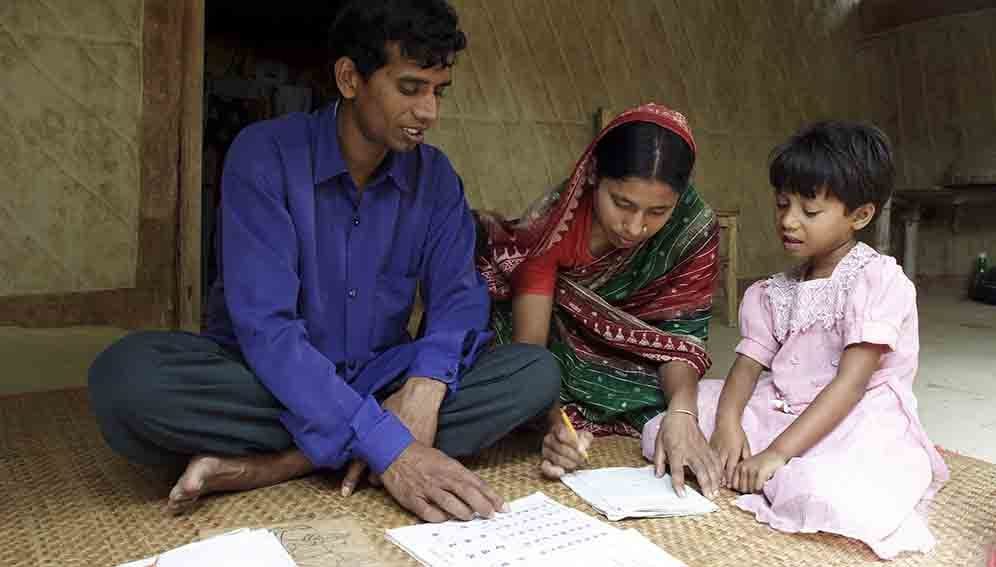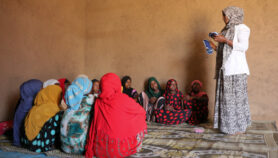By: Ben Deighton
Send to a friend
The details you provide on this page will not be used to send unsolicited email, and will not be sold to a 3rd party. See privacy policy.
US President Barack Obama famously once said: “You can judge a nation, and how successful it will be, based on how it treats its women and girls.”
It is hard to believe that in the 21st century, men are often promoted ahead of their female colleagues — and when women do get to the top they’re still not being paid as much as male counterparts.
The World Economic Forum latest Global Gender Gap Report, which looks at how close countries are getting to equality between men and women, points out that many countries actually slipped back last year in their Global Gender Gap Index, which measures differences between men and women across health, education, economy and politics.
It means that, on a global scale, 2017 was worse than 2016. It’s the first time the index has slipped since they started measuring the gender gap in this way over a decade ago.
While the reversal is due to a range of factors specific to the countries measured, the report highlights the situation in industry and business where women who are just as well qualified as men aren’t being given an equal chance to advance.
This is a single report — yet there is no shortage of evidence about the gender gap. Globally, women earn around three quarters of what men earn, and at current rates this gap isn’t going to be closed until almost the end of the century, according to a UN Population Fund report.
If the participation gap between men and women could be reduced by a quarter, it would increase global economic output by US$5.3 trillion, the International Labour Organization estimates. That is equal to half the economic output of China, the world’s second biggest economy after the United States.
This disparity means that many of the world’s brightest and best minds aren’t fulfilling their potential. According to one research paper which looks squarely at the issue, being male makes you more likely to become a principal investigator on a research project, and the same trend is seen across the top levels of academia.
The world needs to work together to create a ‘new normal’, where woman and men are on an equal footing.
At SciDev.Net, we’ve launched a series of articles called Role Models, which seek to hold up successful women in science. We interview women at the top of their fields to find out about the science they are doing, expose the hurdles they had to overcome to get there and highlight their ideas about getting closer to the goal of gender equality.At this year’s European Development Days, an annual development forum in Brussels — which for the first time was dedicated specifically to tackling gender inequality — I interviewed a 26-year-old technology specialist from India about the issue, and I was impressed with the force of her conviction.
“Showcase women role models, that’s very important,” she said. “Our school textbooks still talk about Einstein and Newton and Marie Curie … we never talk about current women scientists.”
Shwetal Shah isn’t at the top of her field, yet. But the insights she has on gender made her a perfect Role Model. And I have to say I completely agree with her.
Ben Deighton is Managing Editor of SciDev.Net














